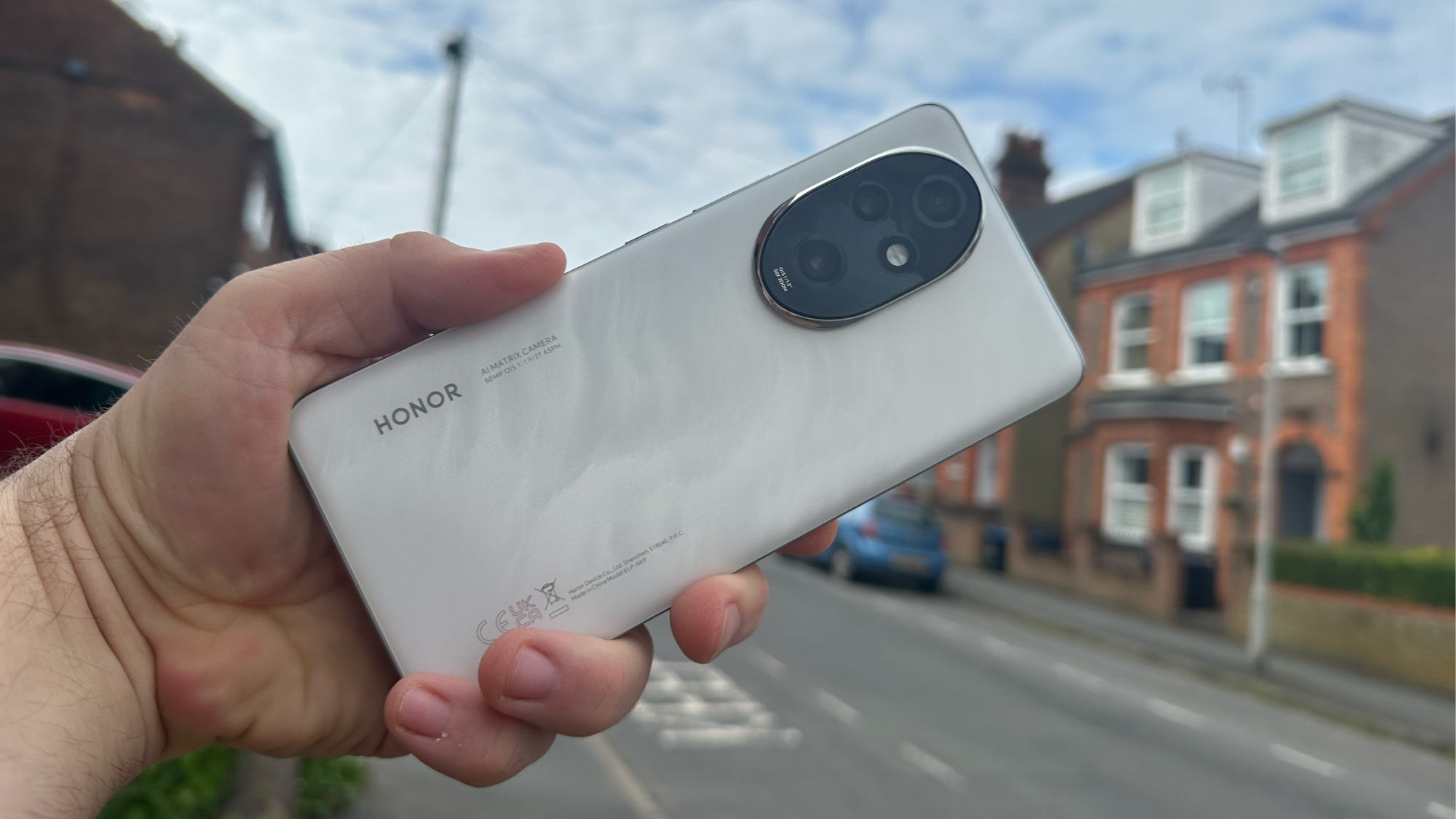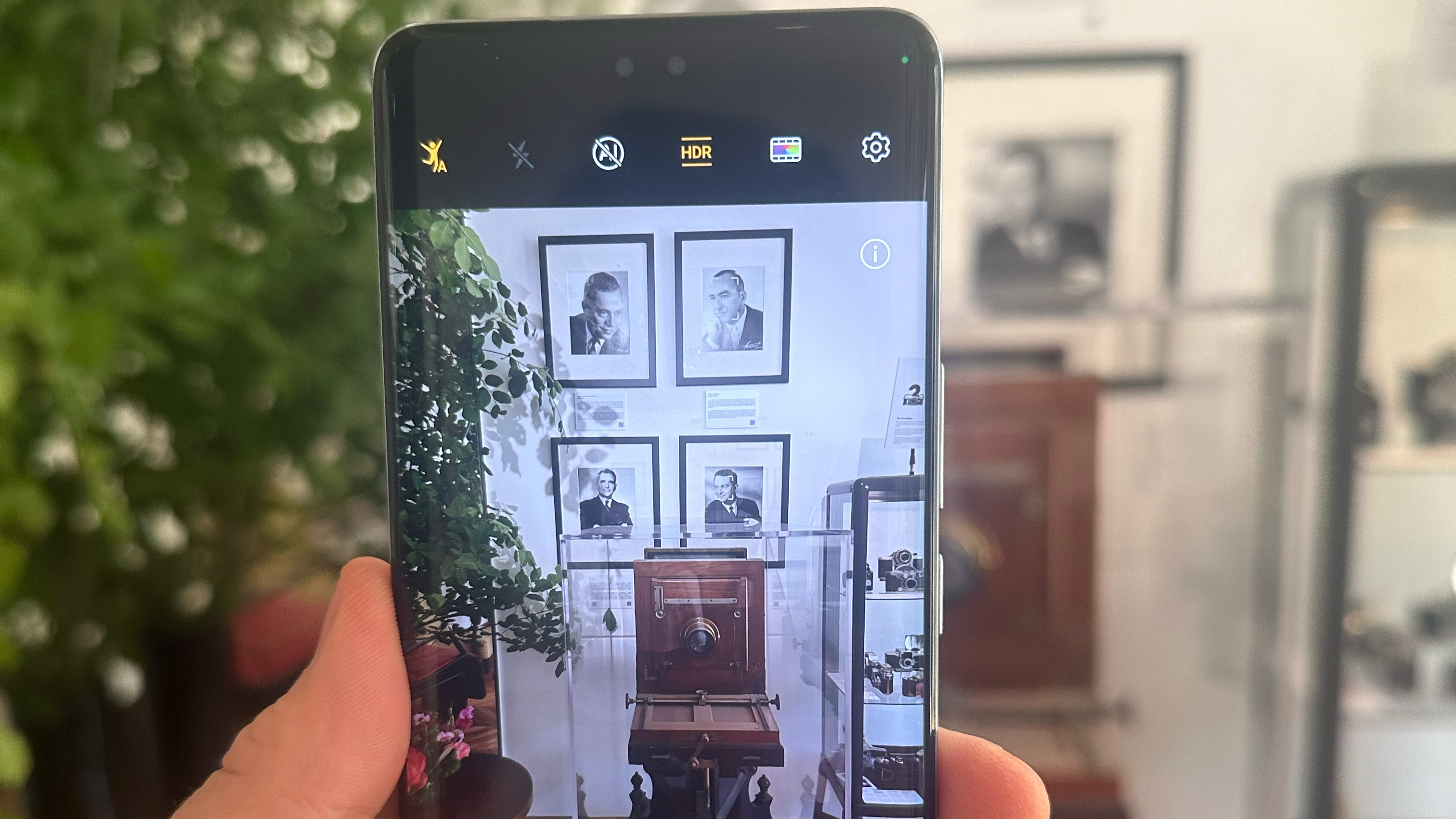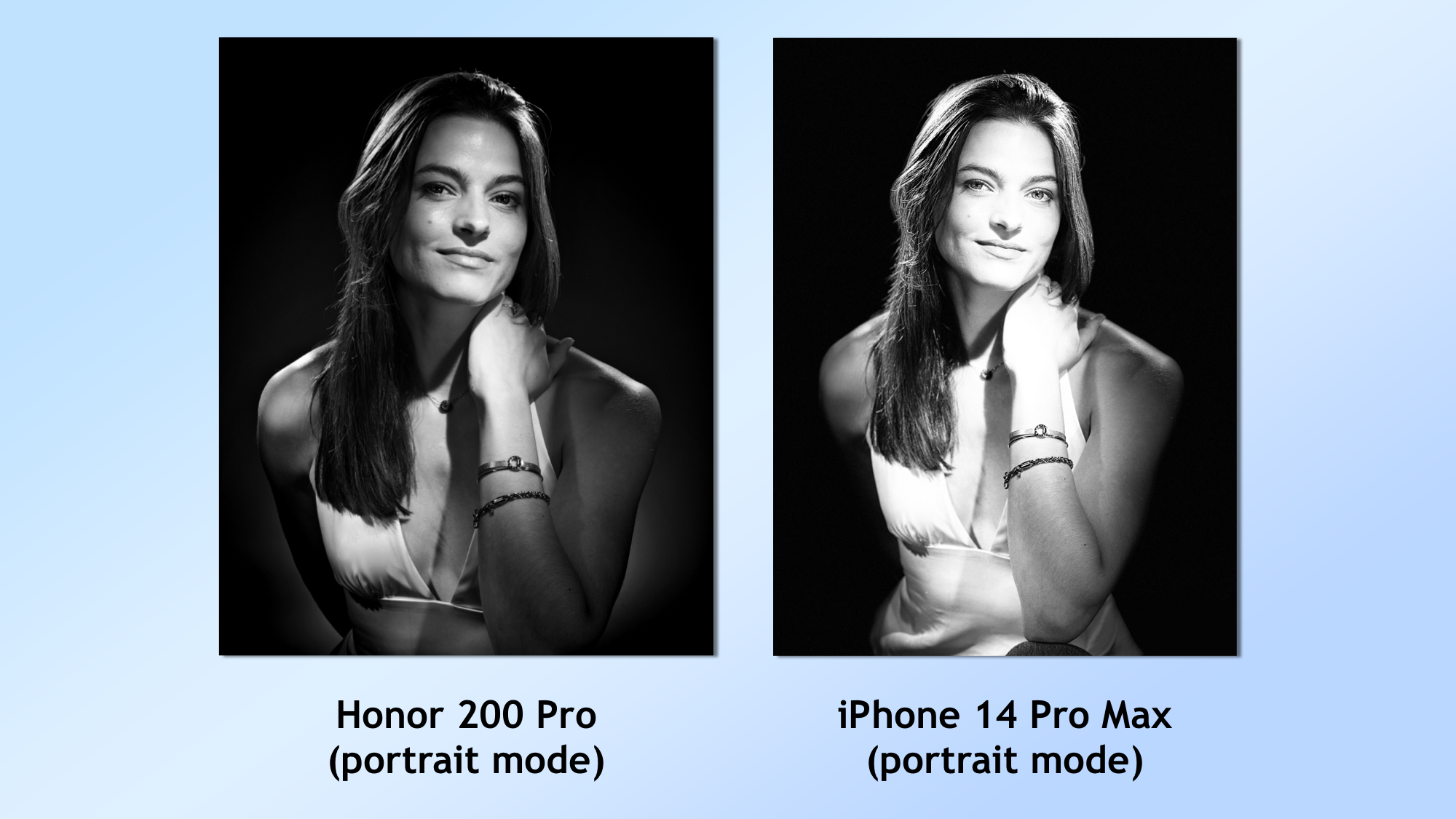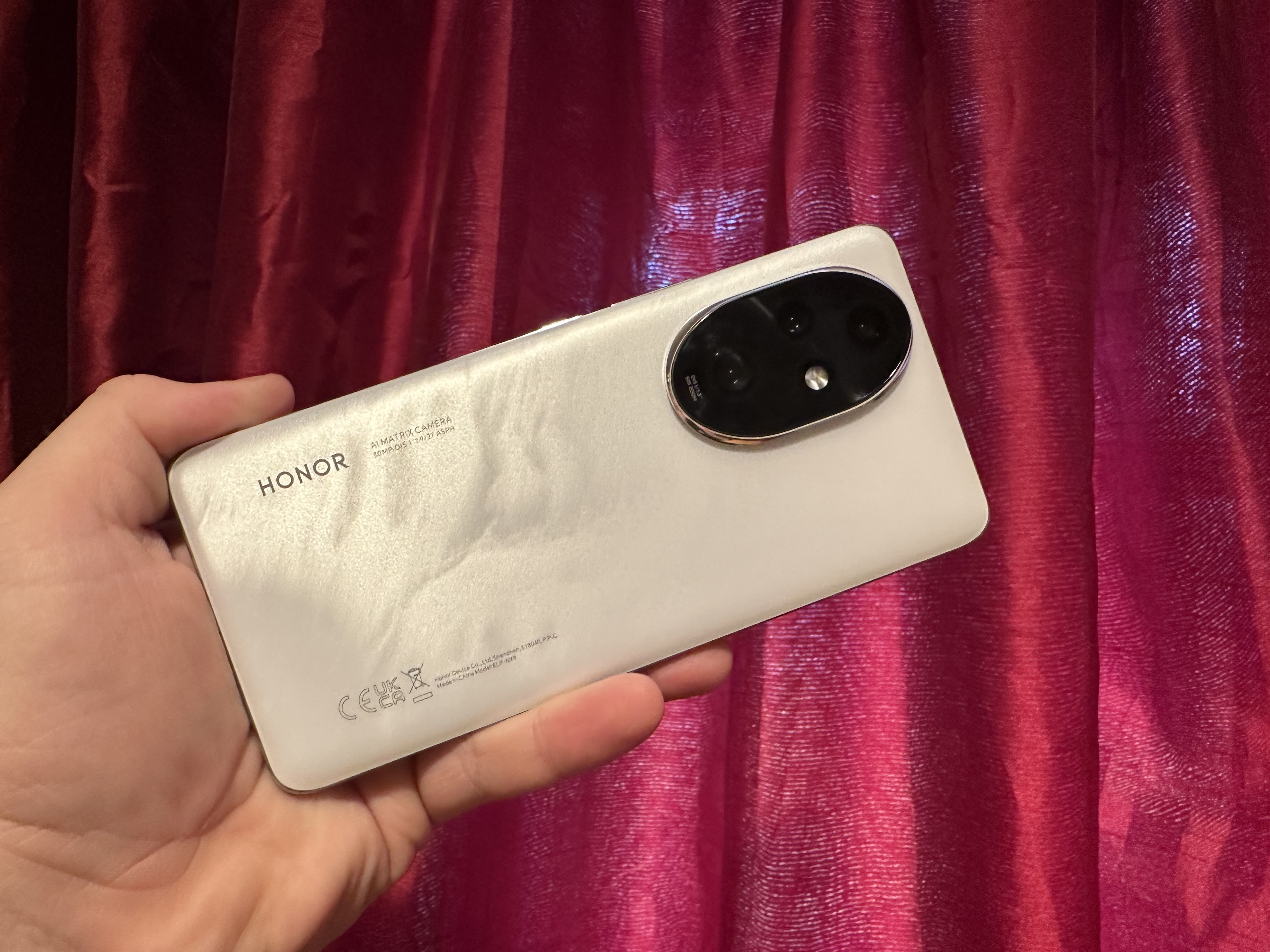
Over the past few weeks, I’ve been using the new Honor 200 Pro. While this premium Android phone has all the features you’d expect, what blew me away was the quality of the camera and the subtle but powerful use of artificial intelligence present throughout the device.
Many of us take photography for granted. We capture a quick snap on our phone without any real thought of the artistry or potential of the form. Speed matters over quality. But Studio Harcourt in Paris, Honor's camera partners for the 200 series, is the antithesis of that idea.
This French portrait photography house has captured some of the most famous faces of the past 90 years, and has created a house style that utilizes light in such a way that it gives the resulting portraits a sense of depth and of dimensionality. It was this expertise Honor turned to in creating its camera software, and the reason why I keep going back to take portrait mode photos again and again.
Honor 200 Pro specs
AI-powered photos

The artificial intelligence used to power AI Portrait Engine was trained on the tens of thousands of images taken by Studio Harcourt over 91 years. It formats the image as you take it based on the lighting settings of a Studio Harcourt session, then continues to improve it using AI after the fact.
This utilizes similar generative AI techniques found in image generators, but focuses specifically on improving the image taken by the phone, enhancing it to match one of three Harcourt-based styles better.
During a tour of the Studio Harcourt facility, I had the chance to first try the phone out in the actual photography studio, complete with tens of thousands of pounds worth of studio lights, and then again in a normally lit room but utilizing the new generative AI filter.

I was shocked at how well the non-studio image came out. Don’t get me wrong, having a professional lighting array is a bonus and can create something spectacular, but Honor seems to have captured the essence of that setup without the expense or time with the 200 Pro's camera.
Comparing it to the iPhone camera

The result of all of this AI and expert control of the settings is a smartphone camera, unlike anything I’ve tried before. It leaves the Portrait mode of my iPhone 14 Pro Max, which in itself is already pretty good, looking like a child’s toy.
As an Apple fanboy with every iPhone since the 3GS (I couldn’t get the earlier versions as I lived on a small island at the time and it wasn’t available), this discovery was surprising to say the least. I like the way the iPhone camera works, and I like Apple’s use of AI to enhance images without making a big deal out of it
But Honor's managed to match, or even beat this, with a phone that costs £400 less than my iPhone did. Honor's also managed to capture that “just works” workflow that makes iPhones so nice to use. Part of that is definitely because it's trying to match the iPhone camera interface very closely, but original or not, it certainly works well.
Honor 200 Pro: The rest of the package
The Honor 200 Pro's an attractive package, even when setting its photo abilities aside. The 6.78-inch handset with its quad-curved OLED display feels nice in my hand, with a two-texture back and a uniquely-shaped camera block, inspired by the atrium of the Casa Mila in Barcelona, Spain.
It uses a Snapdragon 8s Gen 3 chip and an Android 14-based interface to run things, with Honor's MagicOS 8.0 software adding onboard AI models to better predict your needs as you make use of the phone. Thanks to features like Magic Portal, which pops up apps and services you're likely to use when selecting things like an image of a product or an address, the OS helps speed up common tasks in a way more natural than I’ve otherwise seen.

But the biggest selling point is still the camera. Even ignoring the impressive Studio Harcourt portrait mode and “beauty filters”, it has a level of controllability I wish Apple would adopt.
I likely won’t switch to the Honor 200 Pro as my only phone as I’m embedded in the Apple ecosystem, but this will certainly be a device I’d keep around as my photography phone. Stay tuned for our full review, where we'll be able to tell you if the cameras, and the rest, still stack up after further testing.







